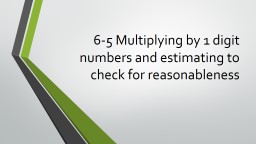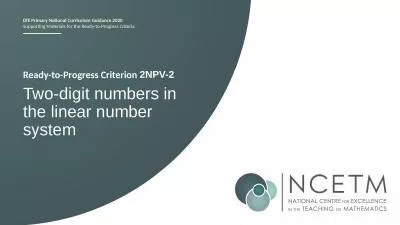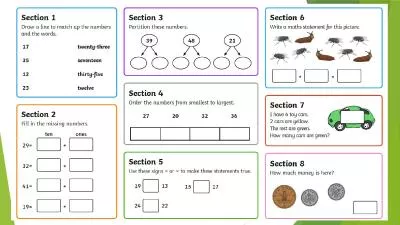PPT-Read and write numbers up to 10 000 000 and determine the value of each digit
Author : hadly | Published Date : 2024-02-09
Order and compare numbers up to 10 000 000 Round any whole number to a required degree of accuracy Use negative numbers in context and calculate intervals across
Presentation Embed Code
Download Presentation
Download Presentation The PPT/PDF document "Read and write numbers up to 10 000 000 ..." is the property of its rightful owner. Permission is granted to download and print the materials on this website for personal, non-commercial use only, and to display it on your personal computer provided you do not modify the materials and that you retain all copyright notices contained in the materials. By downloading content from our website, you accept the terms of this agreement.
Read and write numbers up to 10 000 000 and determine the value of each digit: Transcript
Download Rules Of Document
"Read and write numbers up to 10 000 000 and determine the value of each digit"The content belongs to its owner. You may download and print it for personal use, without modification, and keep all copyright notices. By downloading, you agree to these terms.
Related Documents

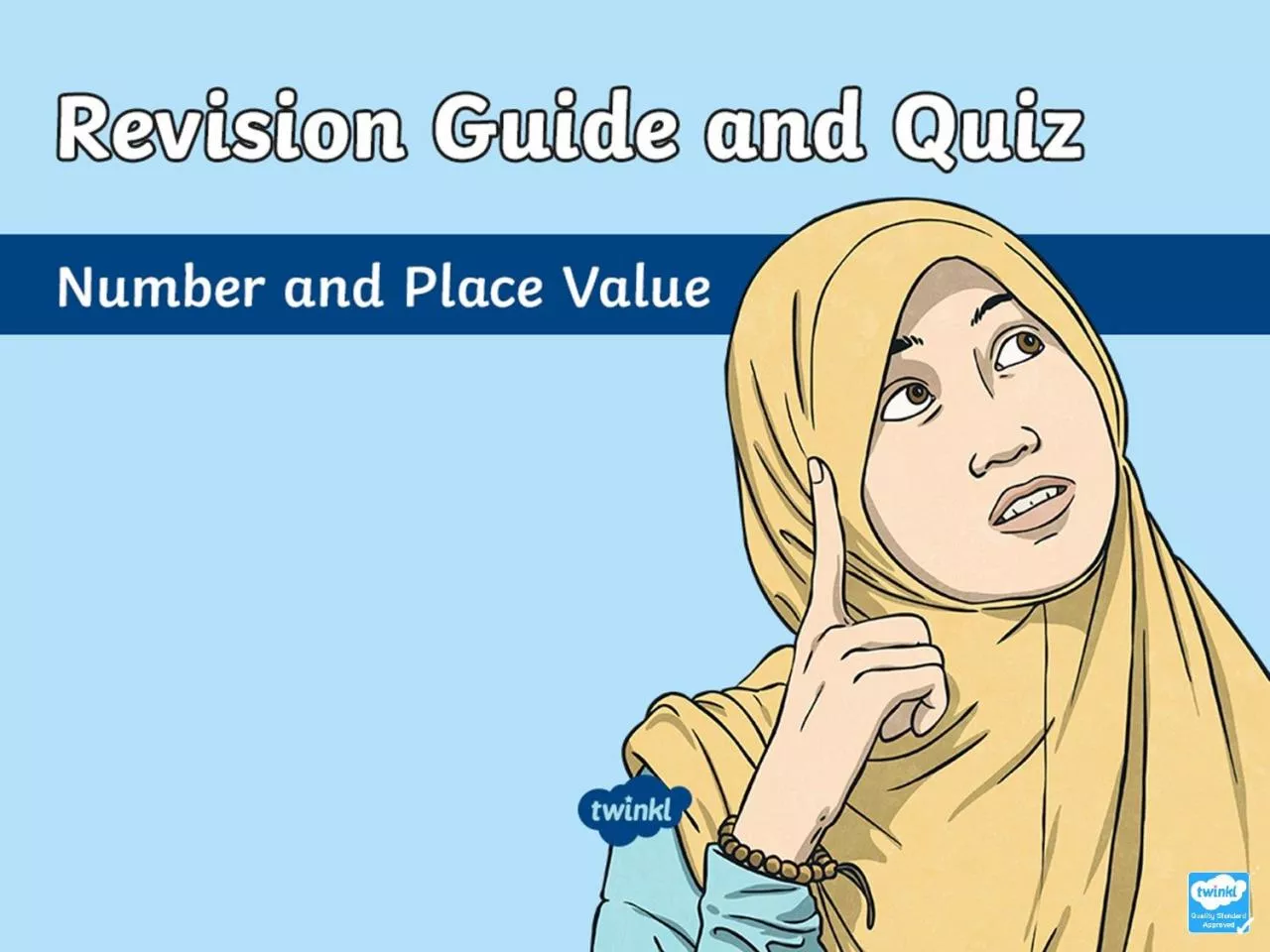
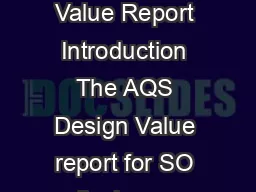
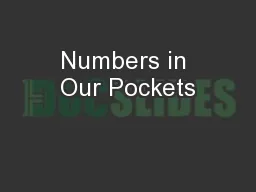
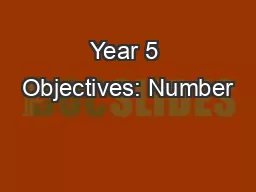
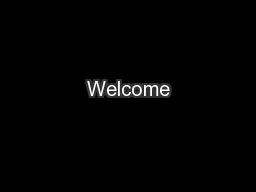
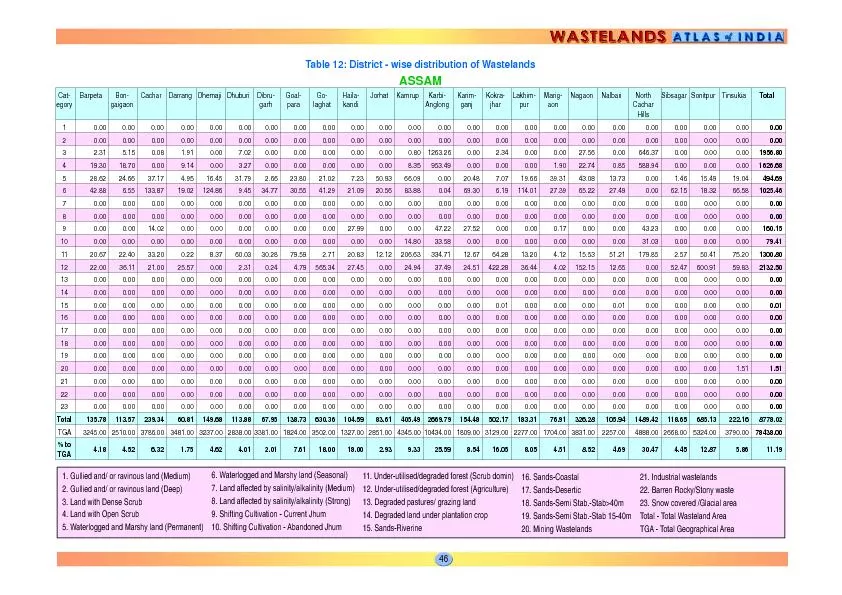
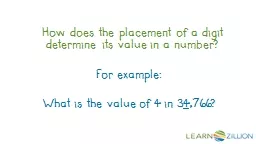
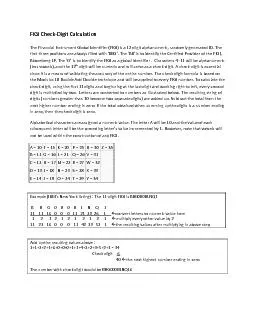
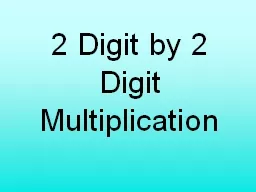
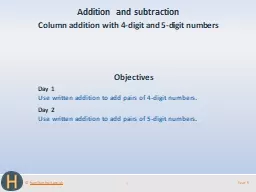
![[EBOOK] Math Workbook multi-digit multiplication grade 5-7: Math workbook for learning:Multi-Digit](https://thumbs.docslides.com/1008415/ebook-math-workbook-multi-digit-multiplication-grade-5-7-math-workbook-for-learning-multi-digit-multiplication-for-5th-6th-to-7th-grade-math-workbook-of-numbers-1-to-4-digit-workbook-ages-10-13.jpg)
